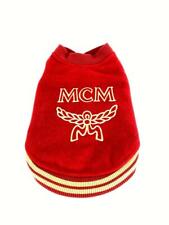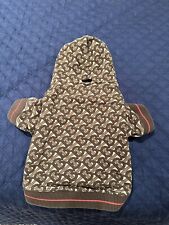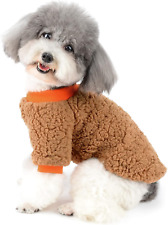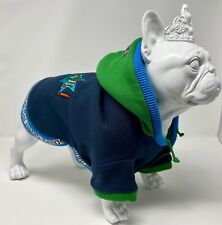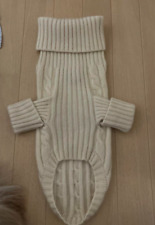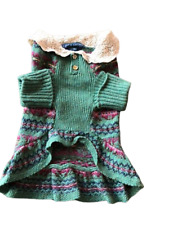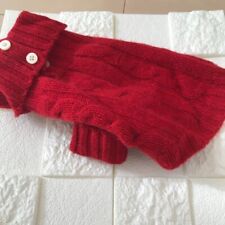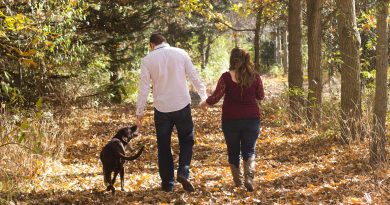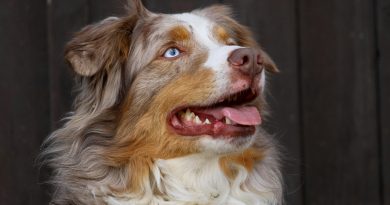Study Says Cribbing in Horses is Genetic, Not Learned
Cribbing, also referred to "crib biting" in the United Kingdom, is a compulsive behavior in which the horse grabs a solid object, arches his neck and sucks in air. It has long been thought that the action releases endorphins and therefore causes a pleasurable sensation. One a horse starts cribbing, it will commonly continue to do so on a regular basis. Because horses that crib will continue to do so even if an object is covered in metal or bitter taste to protect wood, for example, it is a very difficult behavior to stop. Many vets think that colic can develop as a result of persistent cribbing.
Research by Julia D. Albright, MA, DVM, and her colleagues at Cornell University began with a postal survey of the number and breed of cribbing horses, and if the behavior had begun after exposure to another horse with the habit. Of those surveyed, 4.4% of horses exhibited the behavior, of which Thoroughbreds were the most likely to be affected. Almost half of all respondents believed that their horse had learned the behavior from another horse. However, 86% of the horses that display cribbing were not turned out in the same pasture as horses who already display the habit.
Because of the high prevalence of cribbing in Thoroughbred horses, the paper’s authors concluded that genetic predisposition may be a factor in whether or not a horse develops this behavior. The paper, title "Crib-Biting in US Horses: Breed Predispositions and Owner Perceptions of Aetiology", was published in the May issue of the Equine Veterinary Journal.




